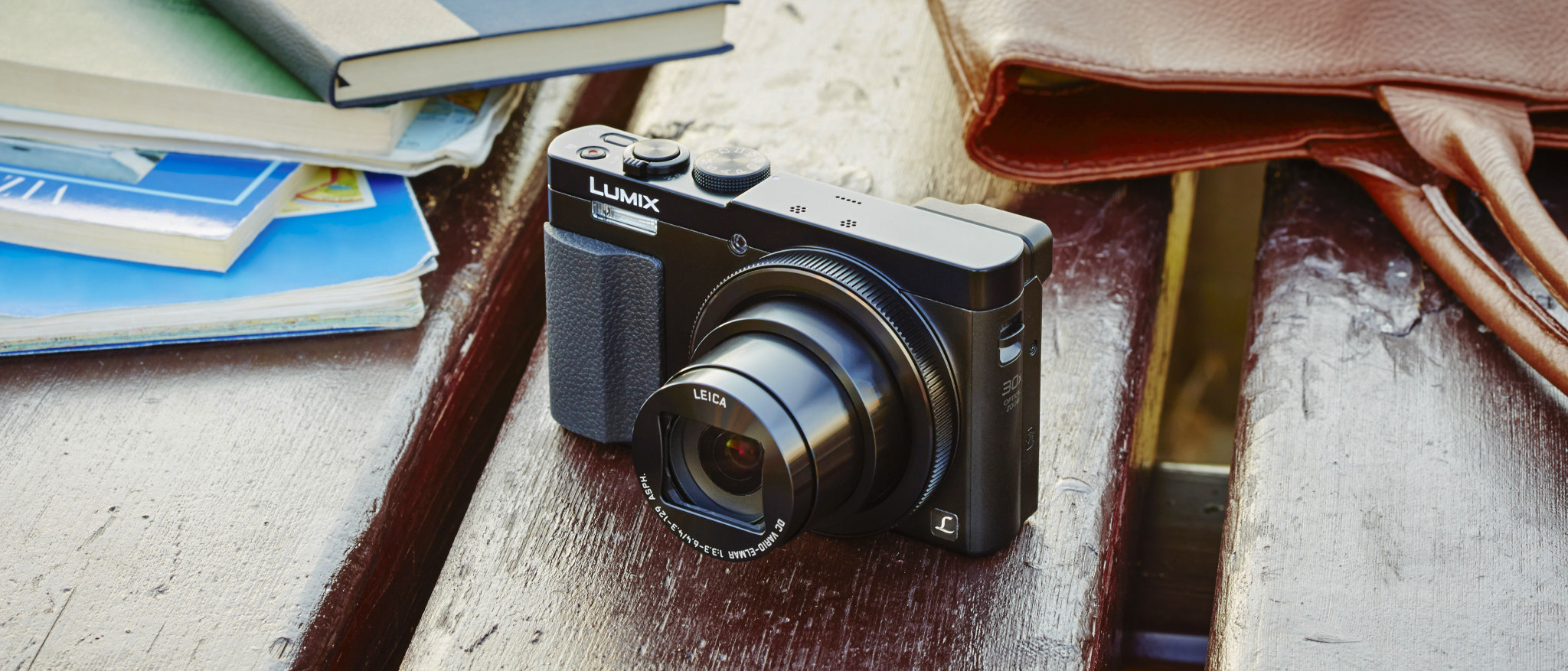TechRadar Verdict
The huge zoom range makes this a very versatile travel camera, while image quality doesn't disappoint. Now at an even more tempting price.
Pros
- +
30x optical zoom range
- +
Decent battery life
- +
Built-in EVF
- +
Wi-Fi and NFC
- +
Manual control
Cons
- -
No touchscreen control
- -
Image smoothing at high ISOs
- -
No 4K video capture
- -
Can't use some features with raw shooting
Why you can trust TechRadar
The Essential Review
This is TechRadar’s review summary that gives you all the key information you need if you’re looking for quick buying advice in 30 seconds - our usual full, in-depth review follows.
It was Panasonic which began the trend for making compact cameras that are specifically designed for travellers and those heading out on holiday, and the ZS series (known as the TZ series outside the US), is still one of the most highly regarded of the genre.
It may no longer be the newest model in the ZS/TZ range (that honor goes to the Lumix ZS70 / TZ90), but the Panasonic Lumix ZS50 / TZ70 shouldn't be overlooked.
In a change from the norm of ever increasing pixel counts, Panasonic opted to actually reduce the amount of pixels to 12MP in the Lumix ZS50 / TZ70 compared to 18MP in the Lumix ZS40 / TZ60 and it's all the better for it. With less pixels crammed on the sensor, noise levels are reduced and image quality overall is better. In fact, we reckon it's better than the Lumix ZS70 / TZ90.
Another key selling point of this camera is its very extensive zoom range, running from 24-720mm, making it incredibly versatile for a range of subjects.
What's quite rare for a camera at this price is the addition of a built-in electronic viewfinder and it certainly makes composition easier in bright conditions, while there's a large 3.0-inch display at the back, though it's a shame to see it not touch-sensitive.
As you'd expect, there are a range of auto controls for hassle-free photography, but there's also manual controls too and a handy control wheel round the lens to quickly adjust settings.
The 300-shot battery life should see you set for the day, but any longer than that and if you're going to be reviewing images regularly, we reckon an extra battery might be handy if you're leaving your charger at home.
Finally, there's the price - we reckon you'll be hard pushed to find a better compact camera for the money.
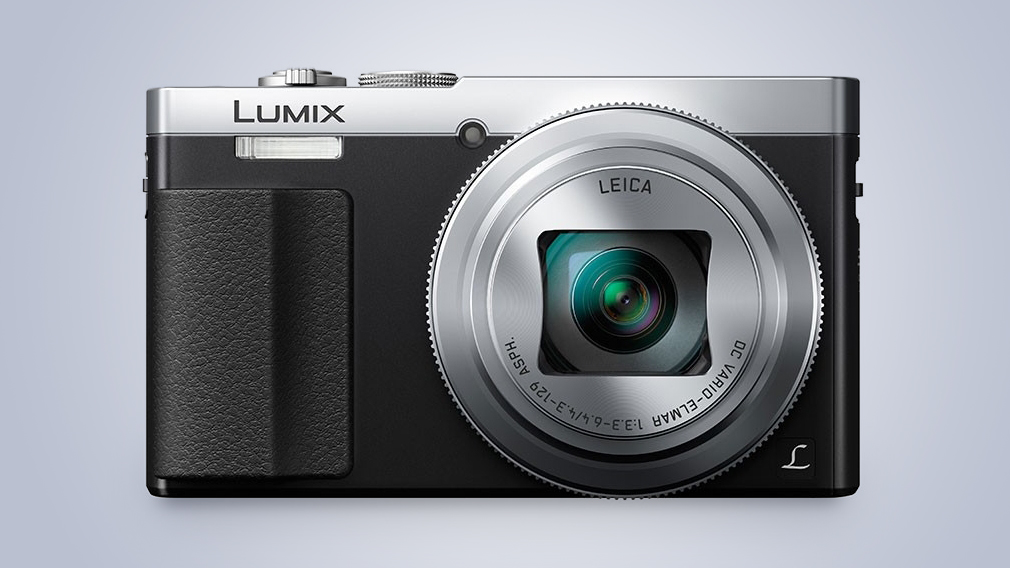

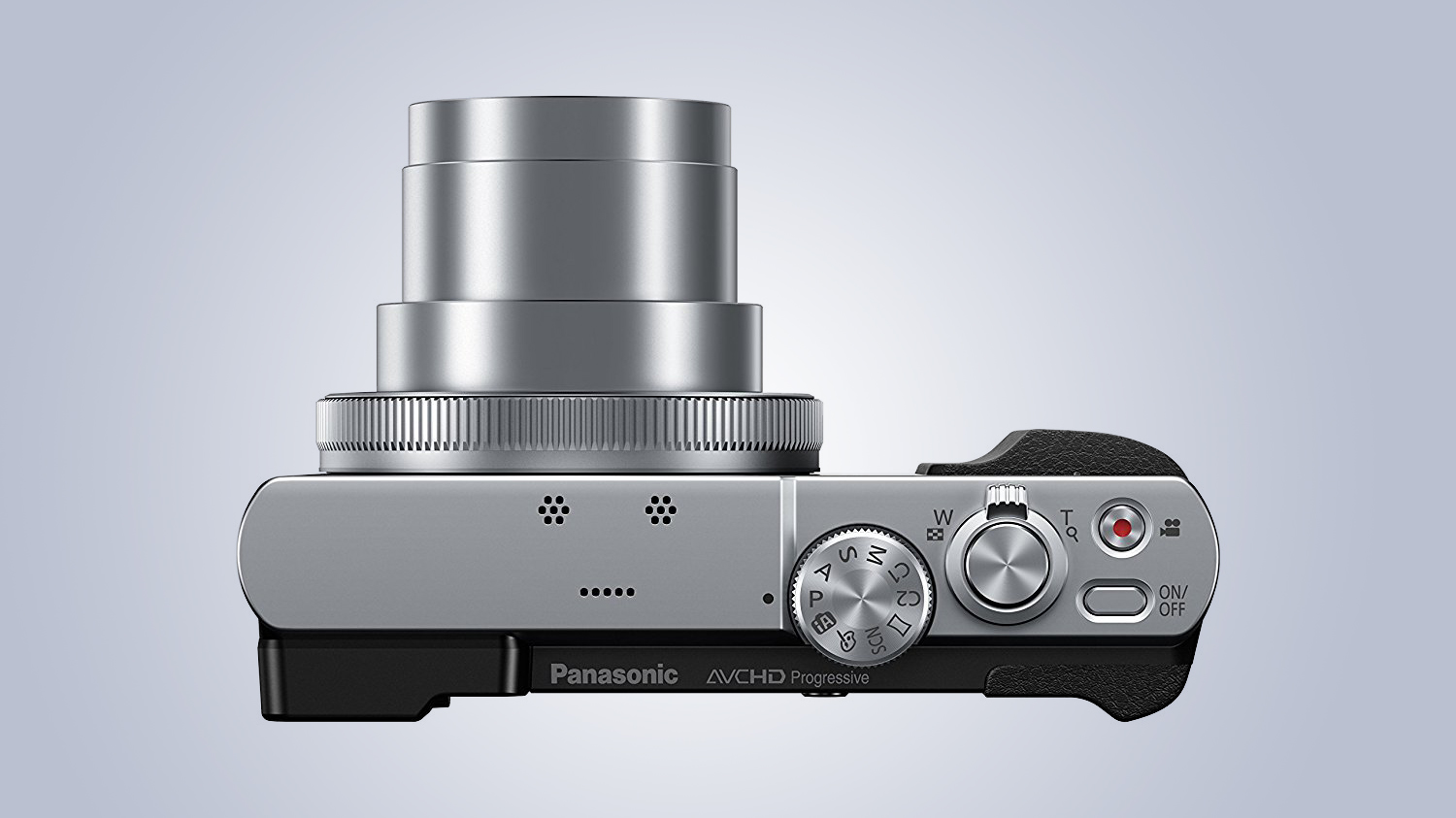
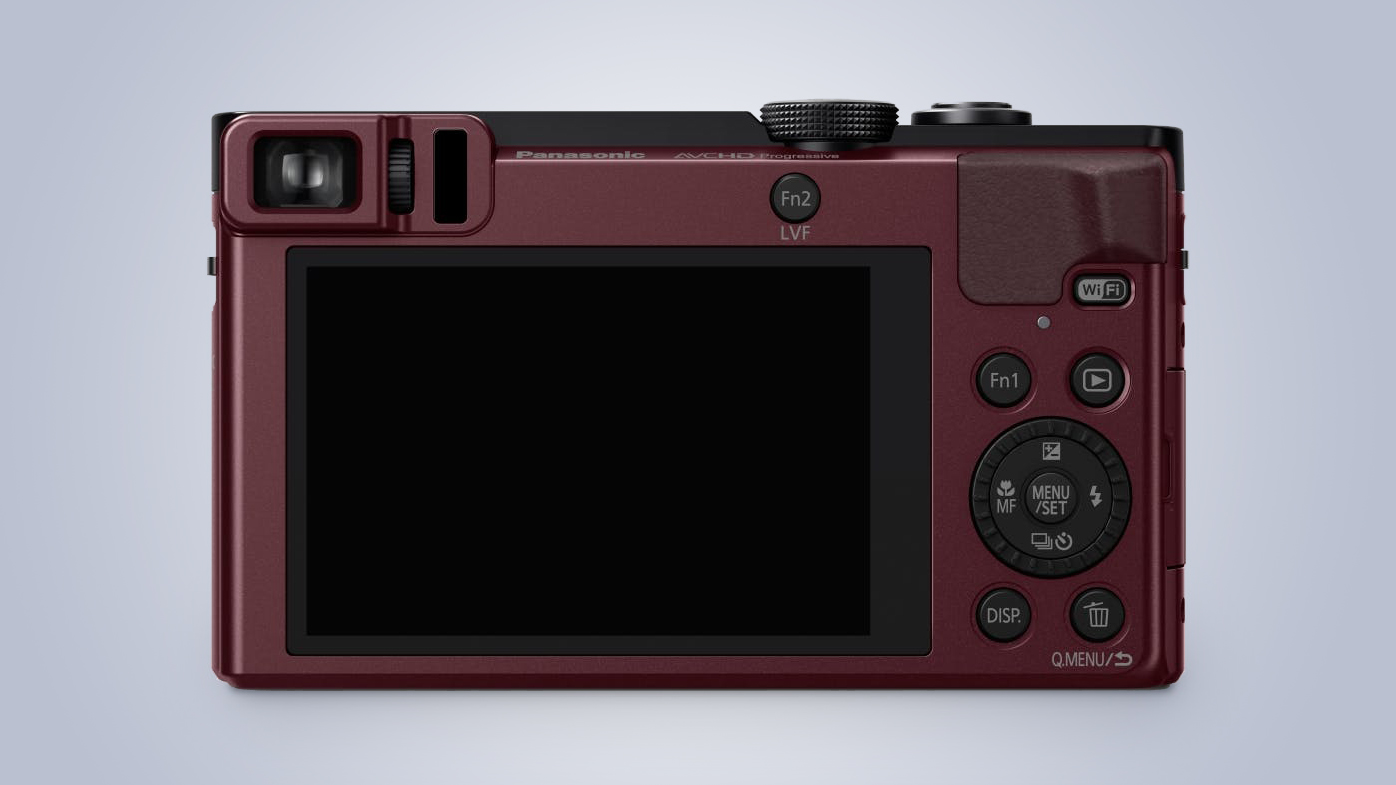
Who’s it for and should I buy it?
The Panasonic Lumix ZS50 / TZ70 is a great option if you're looking for your first travel compact camera or simply want a better and more versatile camera than the one on your smartphone.
If you're an absolute beginner, you can leave it in Automatic mode and enjoy the benefits of the huge zoom range, while if you're more of an enthusiast, the opportunity to shoot in raw format and manually control exposure is a definite plus.
With a huge zoom range, you'll find it's versatile enough for lots of different shooting scenarios from family portraits right up to far away views and more.
You might be tempted by the newer Lumix ZS70 / TZ90, especially with its touchscreen functionality and 4K video capabilities, and it's certainly worth a look, but unless those two features are deal-breakers, the Lumix ZS50 / TZ70 is still our pick.
Panasonic Lumix ZS50 / TZ70 price
- Current price: £249 / $399
The best value travel zoom compact camera
- Light Speed AF delivers snappy focusing
- 30x optical zoom is incredibly versatile
- Electronic viewfinder a nice addition
Sensor: 1/2.3-inch, 12.1MP
Lens: 24-720mm, f/3.3-6.4
Screen: 3.0-inch, 1,040K dots
Viewfinder: EVF
Continuous shooting: 10fps
Movies: 1080p
Battery life: 300 shots
User level: Beginner/intermediate
The Lumix ZS50 / TZ70 boasts Panasonic's Light Speed AF technology and in use we found the ZS50 / TZ70 to be generally very quick to lock onto our desired subject, even when shooting at the far reach of its extensive telephoto lens.
In lower light, the AF system will search a little longer for the target, but it's fairly rare for a false confirmation of focus to be displayed.
Perhaps the biggest appeal of the Lumix ZS50 / TZ70 is its huge zoom range, but with these kinds of focal lengths, image blur caused by even the slightest movement of the camera is a very real risk. To that end, Panasonic has once again included the advanced Hybrid OIS+ (Optical Image Stabilizer Plus) five-axis anti-shake system and the good news is that it does a great job at keeping things steady – so much so that it's possible to get handheld shots even at the full reach of the lens.
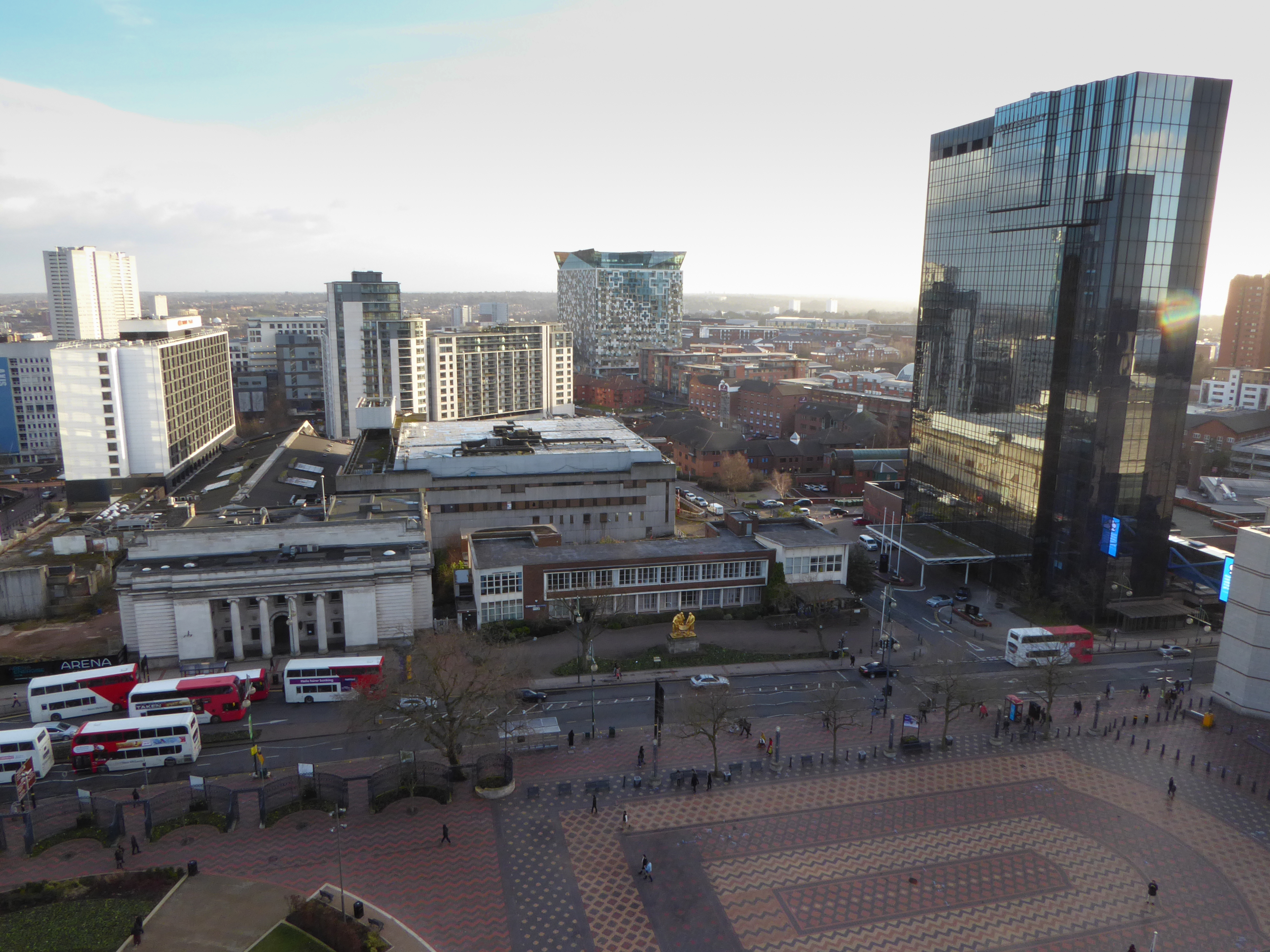

Even better news is that at these reaches, the picture, while not quite as good as at the wide end of the lens, still has good resolution with plenty of detail, certainly at normal printing or viewing sizes.
There's also an additional digital zoom, which doubles the 30x range, which Panasonic dubs "Intelligent Zoom", but we'd avoid using that as you're just cropping into the image.
Electronic viewfinders are normally found on much pricier models, but it's great to see one featured on the Lumix ZS50 / TZ70. It may not be the largest one available, but the high resolution 1,160,000-dot unit certainly makes shooting much easier in bright conditions.
Electronic viewfinders are normally found on much pricier models, but it's great to see one featured on the Lumix ZS50 / TZ70
There's also a 3.0-inch 920,000-dot display that sits flush with the body rather than tilting, while the absence of any touch control is a bit of a disappointment.
It is, however, possible to compose images on a smartphone screen and control the Lumix ZS50 / TZ70 remotely via a Wi-Fi connection when using Panasonic's free app. So, you sort of have a touchscreen by-proxy, if you like. The camera also features NFC for a quicker connection if you have a compatible device.
Other specification highlights include a top sensitivity setting of ISO 6400. As is pretty much the norm now, Full 1080p video recording is available, while the ability to create time lapse movies has also been included.
Impressive design, but you'll need large pockets
- Both auto and manual controls
- Can be used one-handed
- Weighs 243g
Considering the heft zoom lens, the Lumix SZ50 / TZ70 is still pretty compact. You'll need a reasonably large, or loose, jeans pocket to fit the Lumix SZ50 / TZ70, but it remains fairly remarkable how manufacturers are able to squeeze a lens capable of such large zoom range in a relatively small body.
There's a decent sized grip on the front of the camera that helps your forefingers to sit snugly, working in conjunction with the raised thumb-rest on the back of the camera. In fact, Panasonic has designed the Lumix SZ50 / TZ70 with the aim of using it with one hand in mind, with all of the buttons on the back within easy reach of the thumb, and those on the top plate within easy reach of your forefinger. Just remember that camera's small inbuilt flash is found just above the front grip however, so it can be relatively easy to obscure, especially if you have fairly large fingers.
For those wanting to get a bit more creative and take a bit more control, there's both aperture and shutter priority shooting options
As you'd expect, there is a full automatic mode, along with scene and creative options, to appeal to those who want to concentrate on the act of taking the photo itself. For those wanting to get a bit more creative and take a bit more control, there's both aperture and shutter priority shooting options, along with a full manual mode.
The control ring around the lens allows quick adjustments to a variety of settings, depending on the mode you're in. For instance, while in aperture priority mode, its default setting is to control the lens aperture. If you prefer, though, you can set it to control other settings, including Zoom, Exposure Compensation, White Balance and others.
Image quality
- Lumix ZS50 / TZ70 delivers nicely detailed images
- Raw shooting option
- ISO80-6400
Results from the Lumix ZS50 / TZ70 look very good from a camera with this size sensor, with images appearing natural, yet still bright and vibrant.
Detail wise, the Lumix ZS50 / TZ70 delivers nicely detailed shots - certainly at normal printing sizes such as A4 or below. However, if you zoom in at 100% and examine closely, you begin to see some examples of image smoothing and loss of detail, even at sensitivity values as low as ISO160.
Meanwhile, images shot at higher ISOs, such as ISO3200, demonstrate a fair amount of image smoothing even when viewing at relatively small sizes. Of course, it's better to get the shot than not at all, but try to keep ISO speeds to below 1600 if at all possible.



While there is a degree of image smoothing throughout the sensitivity range, this does mean that image noise is usually kept to a minimum.
A nice feature of the Lumix ZS50 / TZ70 is the fact you can shoot raw files too, allowing you to really tinker with the files in post-processing to draw out as much detail as possible.
The Lumix ZS50 / TZ70 all-purpose metering system does a sound job too, producing images that are generally accurate on most occasions, only requiring a little exposure compensation in very high contrast situations.
The automatic white balance setting performs well too, but it errs towards yellowish tones under artificial light. It might be worth using the Incandescent white balance setting if you're finding this to be a problem, or take advantage of the camera's raw capture to alter later.
Not convinced? Try these...
If the Lumix ZS50 / TZ70 isn’t for you, then we’ve picked three excellent choices for you to consider instead.
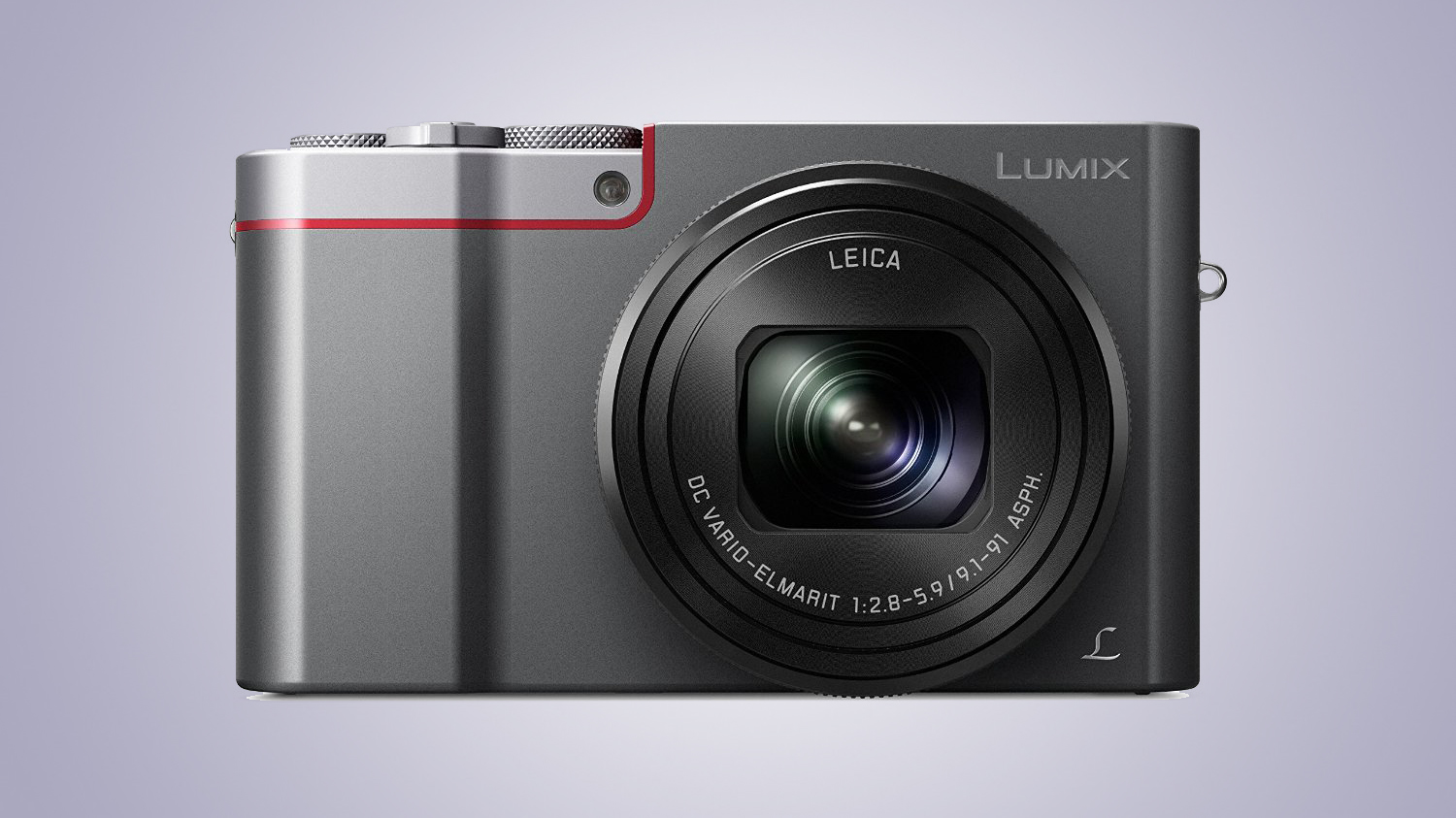
Panasonic Lumix ZS100 / TZ100
If you've got a bit more money to spend and image quality is your prime concern, then the Lumix ZS100 (known as the TZ100 outside the US) is our pick. The zoom range isn't quite as impressive, but the larger 1-inch sensor delivers far superior images.
Read our in-depth Panasonic Lumix ZS100 / TZ100 review
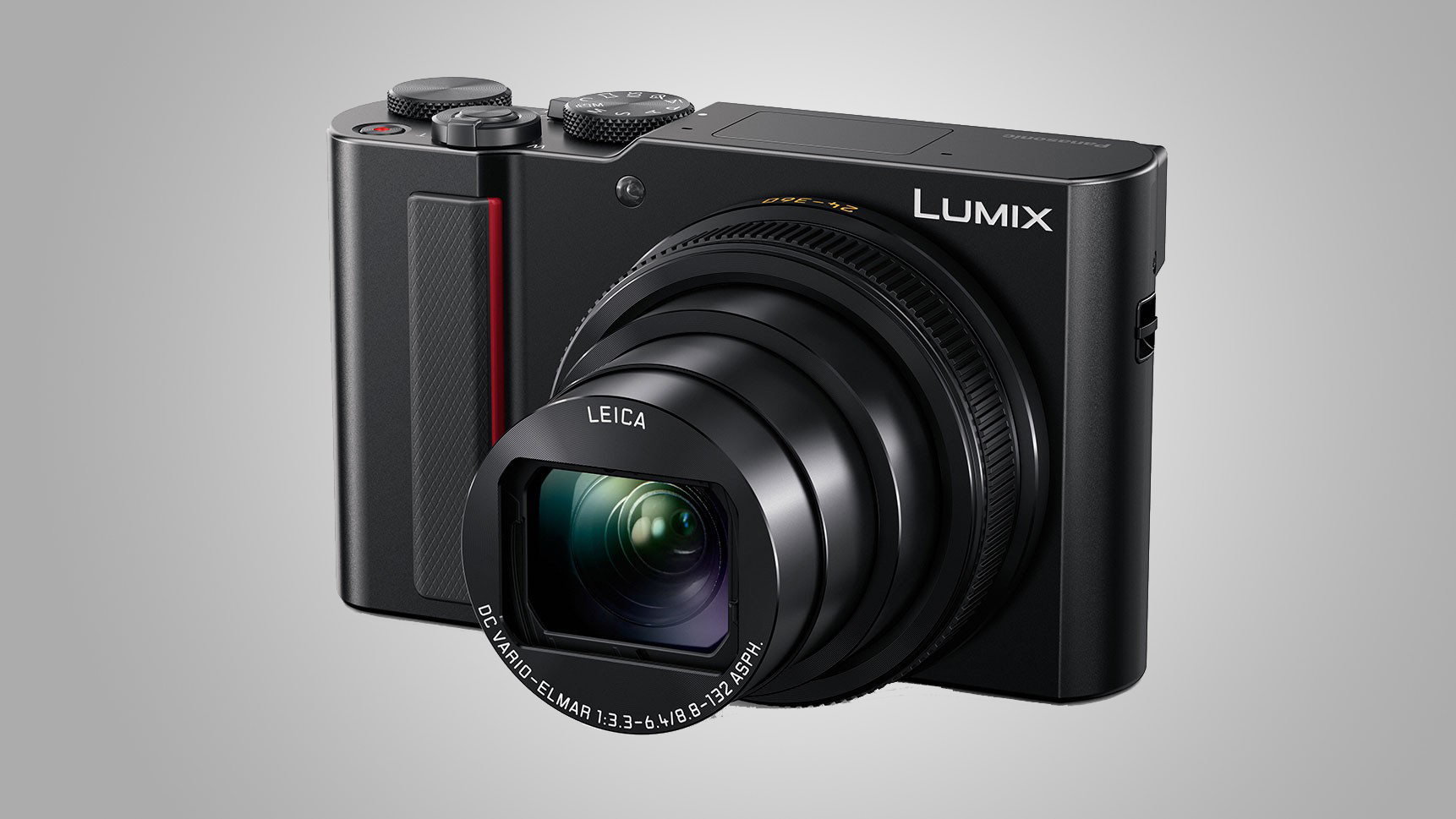
Panasonic Lumix ZS200 / TZ200
If you like the sound of the Lumix ZS100 / TZ100, but want a longer zoom, then check out the newer Lumix ZS200 / TZ200. Offering the same 1-inch sensor, but with a longer 24-360mm zoom lens. Our favorite travel camera right now.
Read our in-depth Panasonic Lumix ZS200 / TZ200 review
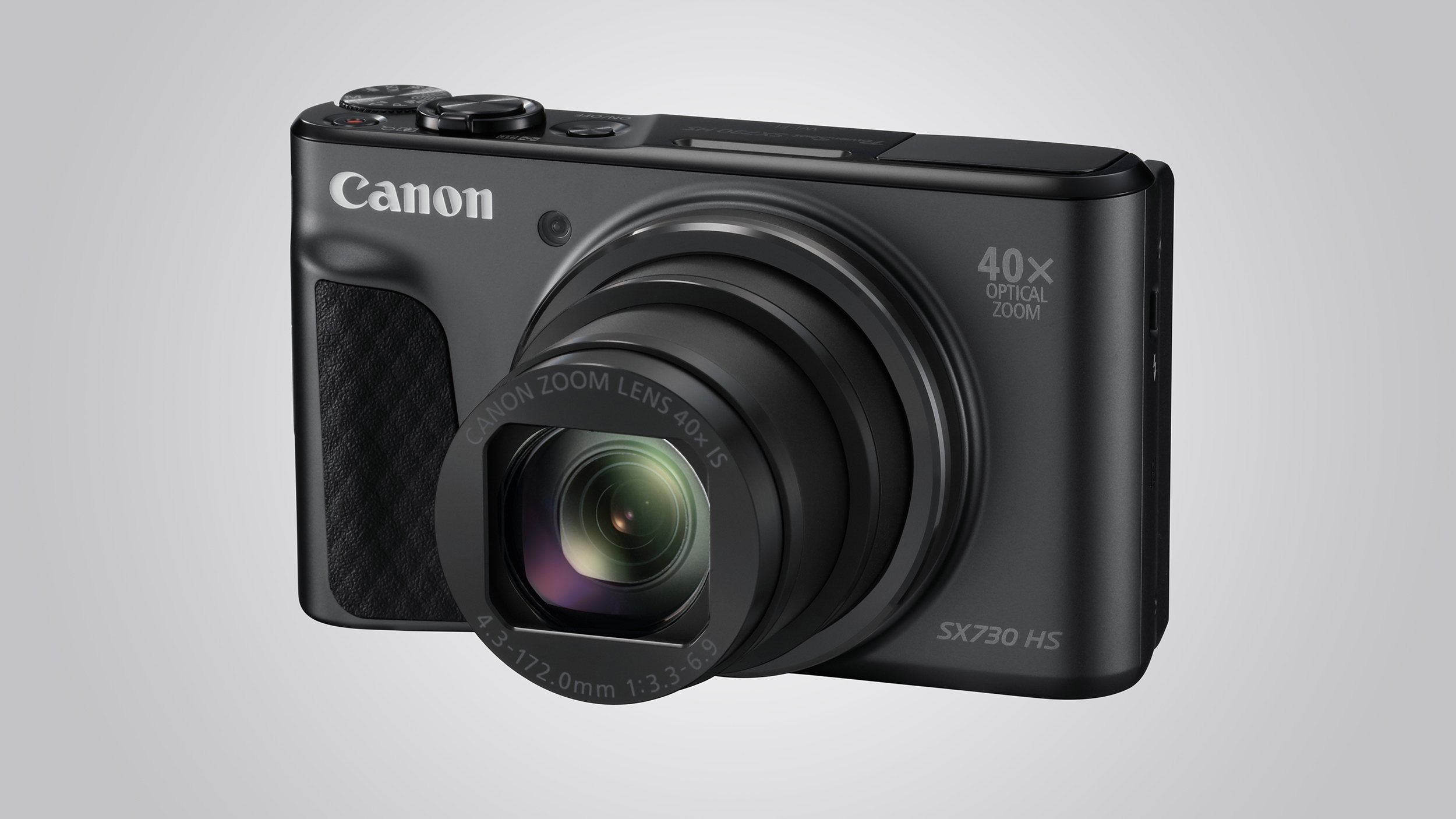
Canon PowerShot SX730 HS
Canon’s latest PowerShot, the SX730 HS features a 20MP sensor, and can have its LCD screen adjusted to face the front. While it lacks the ZS50 / TZ70’s viewfinder, its 40x optical zoom range does give it a little extra reach.
Read our in-depth Canon PowerShot SX730 HS review
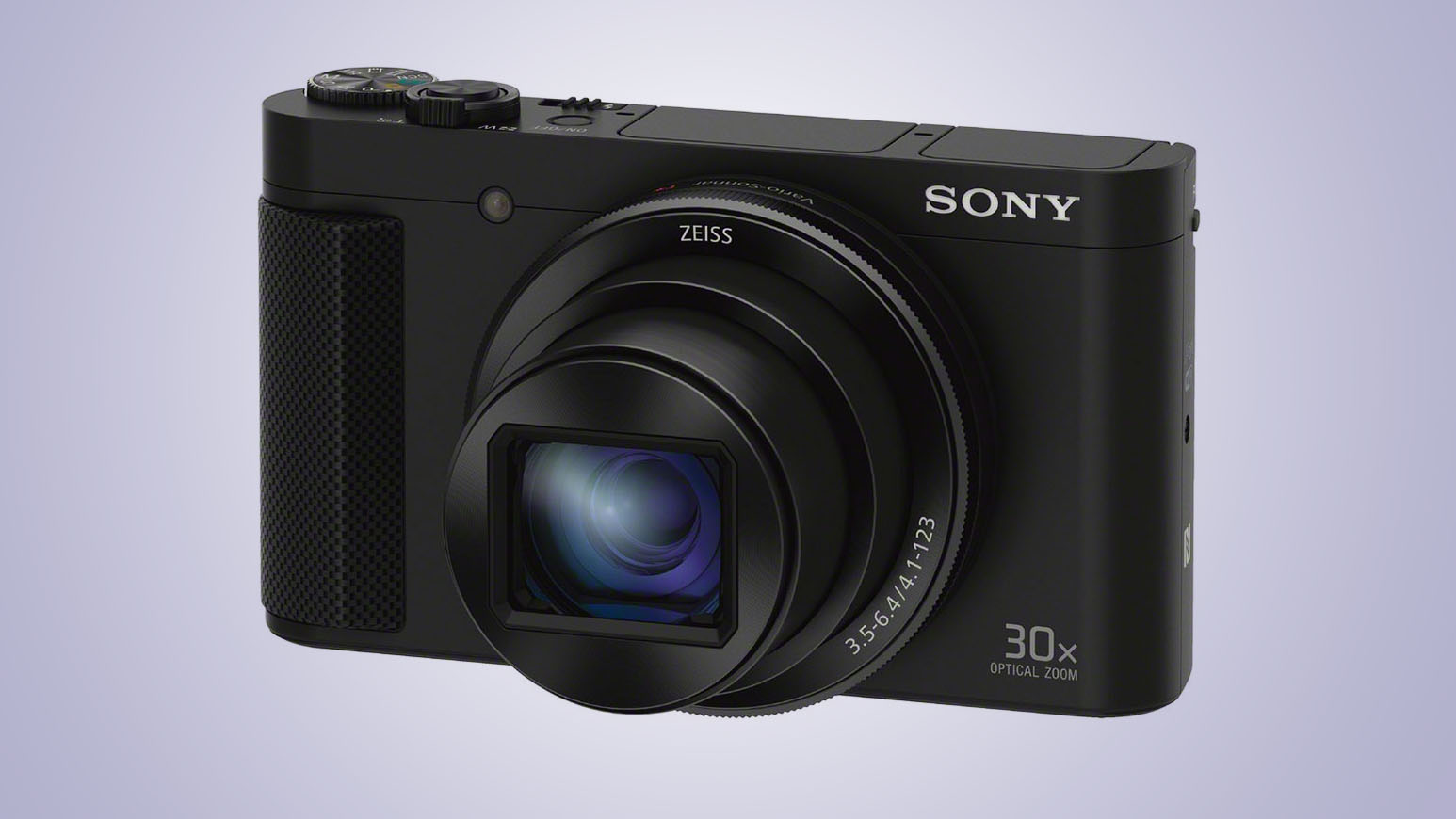
Sony Cyber-shot HX90V
Sony's rival to the Lumix ZS50 / TZ70, and it shares many similar features, in a 30x optical zoom, built-in EVF and raw capture, but has a few neat tricks of its own as well, including a 180-degree tilting screen.
Read our in-depth Sony Cyber-shot HX90V review
Phil Hall is an experienced writer and editor having worked on some of the largest photography magazines in the UK, and now edit the photography channel of TechRadar, the UK's biggest tech website and one of the largest in the world. He has also worked on numerous commercial projects, including working with manufacturers like Nikon and Fujifilm on bespoke printed and online camera guides, as well as writing technique blogs and copy for the John Lewis Technology guide.
